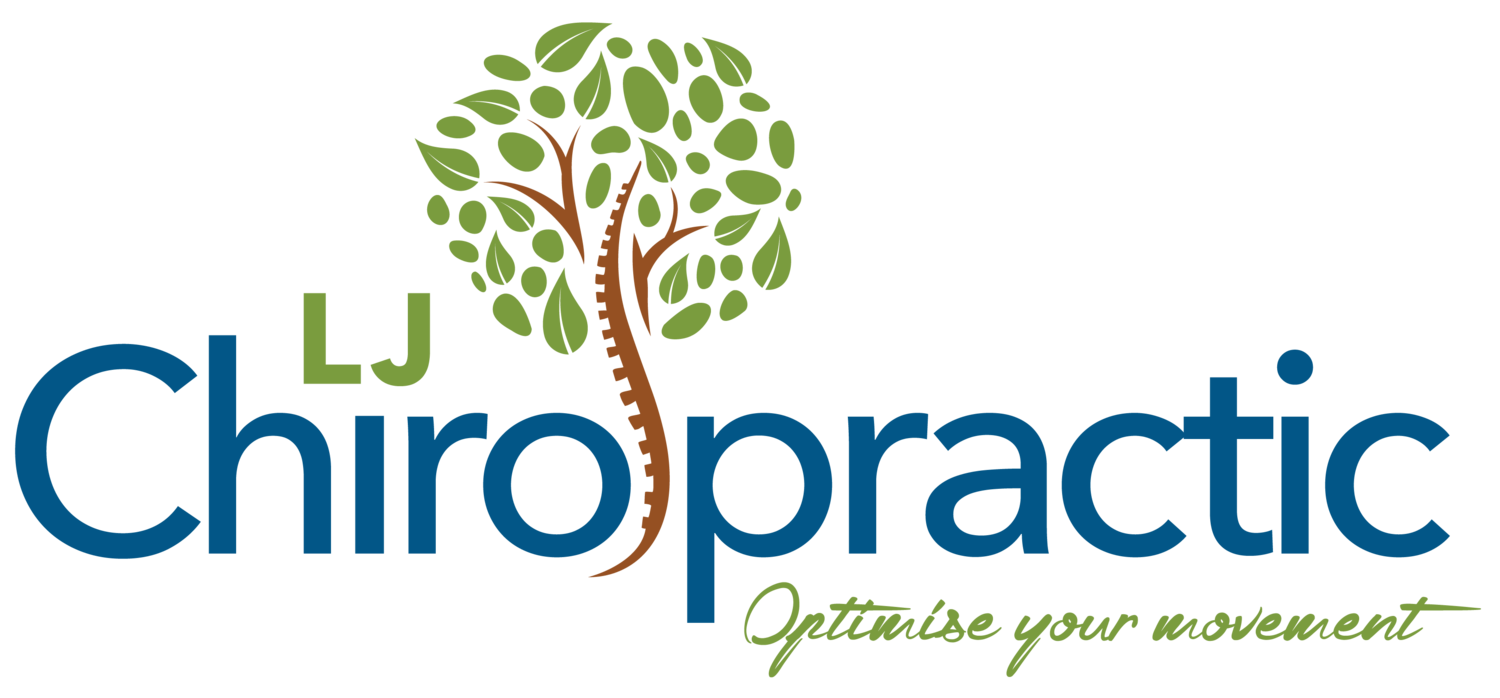Neck pain is one of the most common complaints among patients visiting chiropractors. Neck pain can occur due to trauma, injury, infection, inflammation, degenerative changes, or tumours. Neck pain may be caused by muscle strain, arthritis, disc herniation, spinal stenosis, spondylolisthesis, vertebral fracture, tumour, or nerve compression.
Treatment depends upon the underlying cause of the problem. For example, if the patient has an acute injury, he/she should be referred to a chiropractor for evaluation and treatment. If there is no evidence of any underlying pathology, then non-steroidal anti-inflammatory drugs (NSAIDs) such as ibuprofen or naproxen may be prescribed.
However, NSAIDs do not provide relief for chronic pain. Therefore, if the patient has persistent symptoms, then referral to a physician specialising in musculoskeletal medicine is recommended.
A thorough history and examination is essential to determine the cause of the neck pain. This would include questions regarding the onset, duration, frequency, location, radiation, aggravating factors, and alleviating factors. They may perform simple tests such as range of motion testing, palpitation, and neurological examinations.
Other tests may include X-rays, MRI, CT scan, bone scans, electromyography, and nerve conduction studies.
What causes neck pain?
Common causes include osteoarthritis, spinal stenosis, herniated disc, pinched nerve, mental and physical stress and strain, poor posture, tumours and other health conditions.
The most common cause of neck pain is cervical osteoarthritis. Osteoarthritis occurs when cartilage wears away from the bones that make up the joints. It affects people over 50 years old. Cervical osteoarthritis usually starts with mild aches and stiffness in the neck. Over time, it worsens and leads to more serious problems including loss of mobility, numbness, tingling, and weakness in the arms and hands.
Cervical spine injuries are another major cause of neck pain. Injuries to the cervical spine can result in damage to nerves, ligaments, muscles, blood vessels, and discs. These injuries can lead to chronic nerve pain. .
For some people, neck pain is caused by a condition called spinal stenosis. Spinal stenosis refers to narrowing of the spaces between the vertebrae in the neck. The narrowing reduces space for the spinal cord and nerves. Symptoms include backache, leg pain, arm pain, numbness, and tingling.
Mental stress and strain can cause neck pain. Stressful situations can trigger headaches, muscle tension, and neck pain. People who work on computers all day long may experience neck pain. Neck pain can also be caused by prolonged sitting, driving, lifting heavy objects, playing sports, and using vibrating tools.
Poor posture can contribute to neck pain and is the most common reason for neck pain. Poor posture includes slouching, hunching forward, and leaning forward while working at a computer. When you sit at a desk all day long, your head tends to tilt forward. This forces your neck into an unnatural position.
People who have had recent trauma to their neck may develop neck pain. A blow to the head can injure soft tissue structures in the neck. Trauma can occur during accidents, sporting events, motor vehicle collisions, falls, and blows to the face.
Repetitive overhead reaches and prolonged periods of looking up or down can also cause stiffness and irritation to your neck which may lead to degeneration or irritation in the cervical spine complex.
Tumours and infections in the neck can cause neck pain. Tumours are abnormal growths. Infections are bacterial or viral illnesses. Both can cause swelling around the neck but can be detected through symptoms of the patient eg fever, blood test and MRI.
How do I treat neck pain?
There are many treatments available for neck pain. Treatment options depend on the underlying cause of the problem. If you have a tumour or infection, your doctor may prescribe antibiotics. Surgery may be recommended if there is severe nerve damage. If you have spinal stenosis, your doctor may suggest exercises to strengthen weak areas and improve flexibility. Medications may help reduce pain and inflammation.
Many people find relief from neck pain through massage and chiropractic care. Chiropractic treatment focuses on improving joint function. Massage helps relax tense muscles and stimulate circulation.
Your doctor may refer you to an occupational therapist or physical therapist for advice about how to manage your pain. They may teach you exercises to perform daily and ways to avoid aggravating your injury.
You may need surgery to correct any structural problems. Your surgeon will evaluate whether you have arthritis or other degenerative changes in the neck. He or she may remove bony spurs, repair damaged discs, or fuse two adjacent vertebrae together.
Get Treatment for Your Neck Pain Today
Neck pain is common among people. Our team at LJ Chiropractic, Courtney Meleisea, Sophia Karikala and Li Jen Wong are experts when it comes to neck conditions. We believe preventative chiropractic care and management prior to pain determines the longevity of joint movement and prevents injuries occurring, allowing you to lead an active lifestyle. LJ Chiropractic offers tailored treatment options to accommodate the varied needs of our patients. Contact us now for your neck physical examination!


